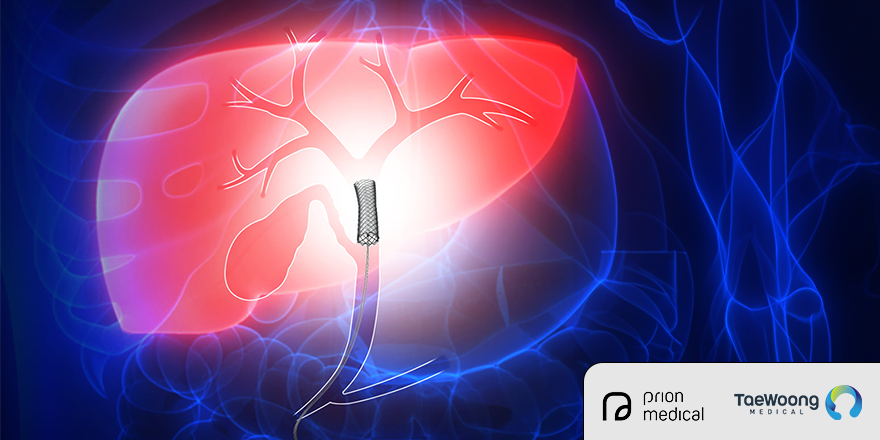Kaffes™ : Transforming Biliary Stricture Treatment Post-Liver Transplant - A Comparative Study of Fully Covered Metal Stents vs. Multiple Plastic Stents
02/10/2024

Abstract
Background and aims
Fully covered metal stents (FCSEMSs) are increasingly used for treatment of biliary anastomotic strictures (ASs) after liver transplantation (LT), requiring fewer endoscopic interventions than does treatment with multiple plastic stents (MPSs). Previous studies, however, have reported adverse events such as stent migration and pancreatitis. The intraductal FCSEMS (ID-FCSEMS) potentially avoids these disadvantages. This study aimed to assess the efficacy and safety of ID-FCSEMSs compared with MPSs for AS.
Methods
The cohorts of LT patients treated for AS with endoscopic stenting between 2010 and 2019 from 2 Dutch liver transplantation centers were retrospectively analyzed. Patients treated with ID-FCSEMSs or MPSs were included.
Results
80 patients (44 with ID-FCSEMSs vs 36 with MPSs) were included, with a median follow-up time of 52 versus 64 months (P = .183). Stricture resolution was 93% in the ID-FCSEMS versus 97% in the MPS group (P = 1.000) after a median of 19 and 26 weeks, respectively (P = .031). The median number of ERCPs was 2 in the ID-FCSEMS group versus 4 in the MPS group (P < .001). Stricture recurrence occurred in 33% of ID-FCSEMS versus 29% of MPS patients (P = .653) after a median of 24 and 55 weeks (P = .403). Stent migration occurred in 16% of ID-FCSEMS versus 39% of MPS patients (P = .020). Post-ERCP fever was observed in 34% of ID-FCSEMS patients compared with 14% of MPS patients (P = .038). No significant differences were found in pancreatitis rate between the groups, being 6.8% for ID-FCSEMSs and 5.6% for MPSs (P = .816).
Conclusion
ID-FCSEMSs for the treatment of AS after LT provides similar stricture resolution and recurrence rates as MPSs, though with a significant reduction of procedures needed.